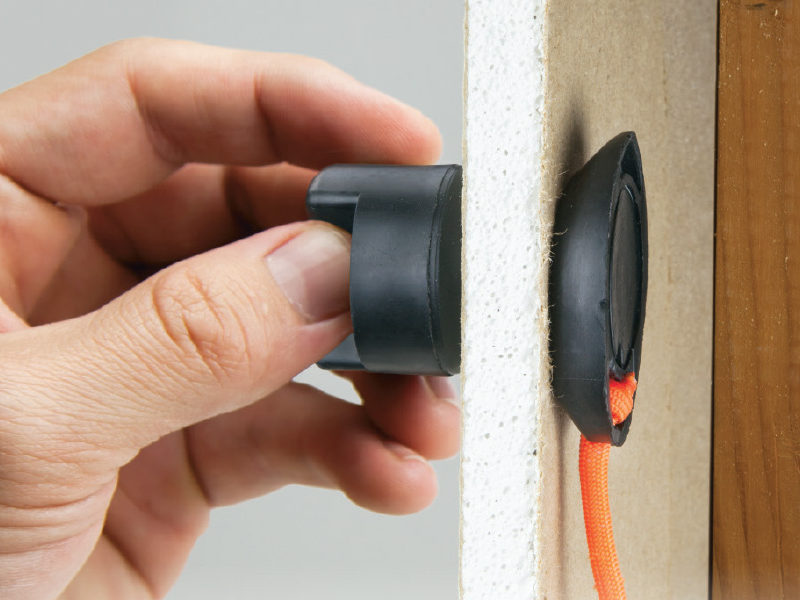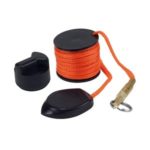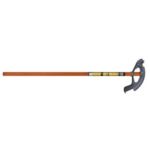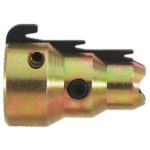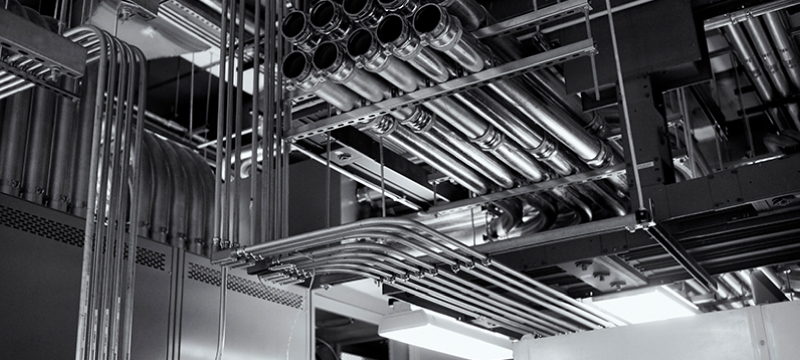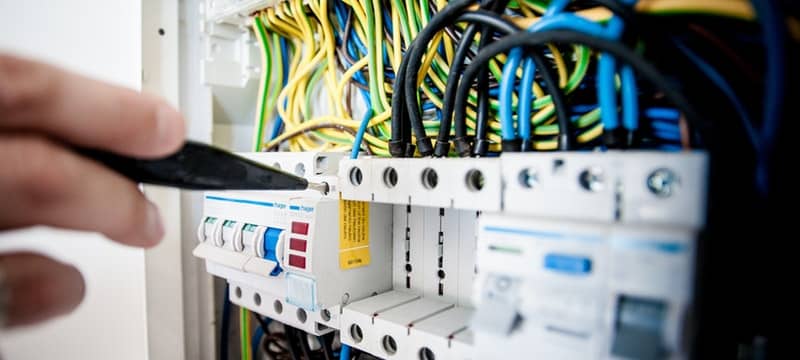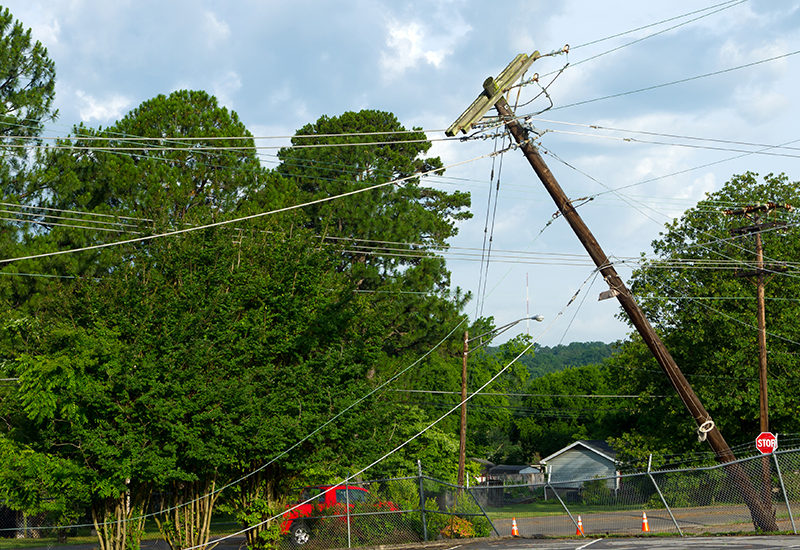Pulling wire is a big part of being an electrician. So much so that it may seem like a pretty basic process in your day. But you also know that if you don’t take the proper steps during the pull, it can mean lost time, lost patience, and, in some cases, wire that needs to be replaced due to damage from the failed pull.
One thing to remember before you get started is to make sure you have the proper tools. It’s easy to get ready for a job and forget some needed tools in the shop in the rush. As you prep for the pull, make a checklist of the tools you’ll need and double-check the list before you leave for the job. This simple step can save hours and headaches.
A New Kind Of Pulling Wire
One new tool you may not know about is the Klein SRS56037, which uses a magnet and a cable and enables you to pull wire behind walls by yourself, saving on labor and headaches.
Tips For Pulling Wire
So let’s touch on some of the most important things that you need to remember when you are getting ready for a wire pull, big or small:
- Get started by doing a pull evaluation and proof the conduit
- Clean the entry and exit of the conduit
- Provide proper lubrication
Step 1: Do A Pull Evaluation
When you have a long pull with larger wires, you should consider doing an intense, detailed pull evaluation. However, this isn’t limited to large pulls. Some minor pulls involving more intricate and delicate cabling must also be carefully examined.
Because a cable’s continuity is so important, you want to ensure that you won’t put too much tension on the conductors. Ensure proper clearances, and look for areas where your wire may get jammed up.
A pulling situation is often a simple and obvious “yes” or “no.” You’re doing it, or you’re not. But if you have found yourself in a marginal situation, it never hurts to stop and take a minute to review and make sure that all systems are going. This will save time, money, and headaches.
You don’t need to worry only about tension on the conductors. You must ensure you know and don’t exceed the maximum allowable pulling tensions on tools and devices such as motor-driven pullers and your pulling socks.
Proofing the conduit simply means ensuring it is free of any obstructions that could damage conductors or make pulling difficult or impossible.
One of the best ways to do this is to pull a rope through the conduit. To ensure the conduit is clean and debris-free, you can attach various items to the rope, such as a rubber duct swab, a pulling mouse, or even a plastic bag.
Taking a few extra minutes to ensure the clean conduit can save time and money. It also gives you confidence that it is free from potentially dangerous debris.
Step 2: Clean Or “Ream” The Entry And Exit Of The Conduit
The entry and exit points of the conduit can be sharp or jagged, especially if the conduit has to be cut to length. However, there are plenty of instances where it can come from the factory in that condition.
This is hazardous to the conductors pulled through the conduit system because it can cut the protective insulation and expose the conductive metal inside.
Make sure that conduit ends are properly reamed and that there are no sharp edges or burrs that can cut through the insulation of the conductors. Also, ensure that the wire is adequately protected from the edges of boxes or enclosures being pulled through.
Step 3: Use Proper Lubrication
Last but not least is lubrication. Depending on the pull and the wire used, lube may be needed.
If you do need to use it, be sure to choose the correct type. Different types of wire have other types of jackets made of various materials. Ensure that the lube being used won’t have any harmful or deleterious effects on the cable insulation or jacket materials.
Remembering these things, or even creating a wire-pulling checklist, will save you time and money.

